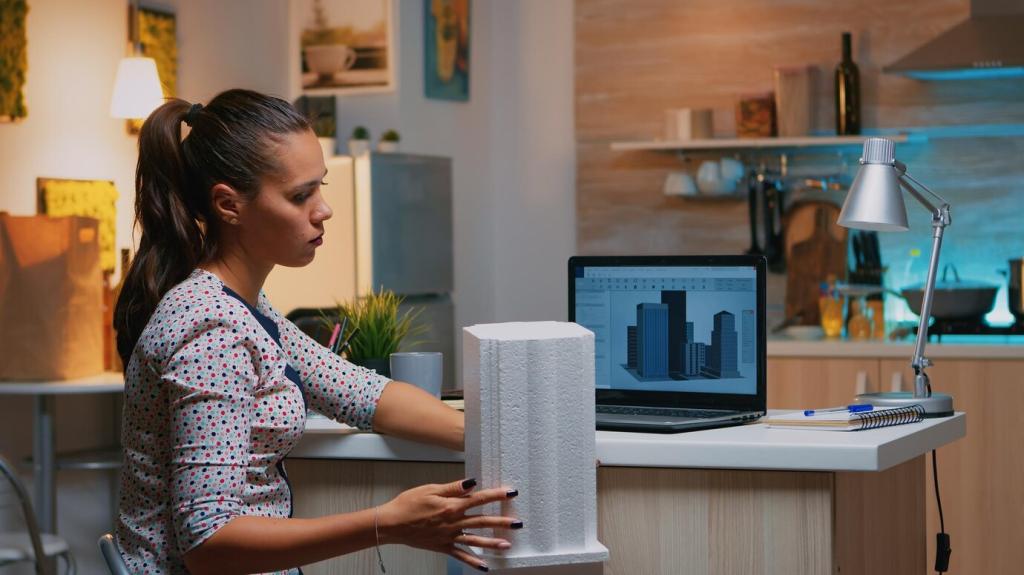SEO-Friendly Website Architecture for Designers
Chosen theme: SEO-Friendly Website Architecture for Designers. Design the spine of your site so humans feel guided, search engines understand intent, and your creative vision scales. Stay with us, sketch along, and subscribe for practical patterns you can apply today.



Designing Findability: Why Architecture Is a Design Problem
Great composition leads the eye; great architecture leads the journey. When your layout mirrors an information hierarchy, both people and crawlers understand what matters, where to go next, and why staying feels effortless. How does your layout signal priorities?
Designing Findability: Why Architecture Is a Design Problem
Translate moodboards into content maps before pixels harden. Cluster topics, group intents, and label paths. A simple whiteboard exercise prevents orphan pages, clarifies hubs, and ensures your hero visuals anchor to meaningful categories. Try it, then tell us what changed.
Information Hierarchy and Sitemaps That Google Understands
Card Sorting with SEO Intent
Run quick card sorting with real users, but tag each card with search intents like informational, navigational, or transactional. This dual lens aligns naming, grouping, and prioritization, making your sitemap simultaneously intuitive and search-aligned without diluting creativity.
Sitemap Patterns That Scale
Adopt hub-and-spoke structures for topics that expand. A strong hub page summarizes the theme, links to spokes, and earns internal authority. Spokes return links to the hub and siblings. This pattern scales gracefully as your content library grows.
Naming with Meaning
Labels like “Solutions” or “Resources” can be vague. Prefer descriptive, intent-rich names users actually search for. Clear language helps navigation, clarifies relevance signals, and anchors breadcrumbs. Share two vague labels from your site, and we’ll brainstorm sharper alternatives together.

Navigation and Internal Linking That Guide Users and Crawlers
Design your top-level nav to reflect the primary intents visitors bring. Keep it concise, mutually exclusive, and ordered by importance, not politics. This clarity reduces pogo-sticking and helps crawlers interpret topical focus across your highest-visibility pages.

URL Strategy and Naming Conventions for Consistent Design Systems

Use human-readable slugs that mirror page titles and hierarchy. Avoid dates unless necessary, skip stop-words when they confuse, and never bake campaign parameters into slugs. Stability prevents broken links, protects rankings, and supports shareability across design mockups and prototypes.

Design with Largest Contentful Paint in mind: prioritize above-the-fold clarity, optimize hero assets, and avoid layout shifts. Faster, stable experiences keep users engaged and reduce bounce, which complements a well-planned architecture’s ability to surface relevant content quickly.

Lazy load below-the-fold media, but ensure important content and links render server-side. Critical paths should not depend on delayed scripts. Pair skeleton states with meaningful headings so users and crawlers immediately grasp structure while assets stream in progressively.

If you design for multiple locales, plan architecture and navigation patterns that scale across languages. Mirror hierarchies, maintain consistent slugs where possible, and ensure hreflang is mapped by template. Consistency improves discovery and reduces cross-language cannibalization.
Story: A Designer’s Architecture Makeover
Maya inherited a beautiful, inconsistent site: overlapping categories, vague labels, and deep pages buried five clicks down. Search traffic plateaued, and users bounced quickly. She sketched a new hierarchy on paper, then validated it with quick card sorting.

Story: A Designer’s Architecture Makeover
She reorganized content into hubs, simplified navigation to five intents, and introduced breadcrumbs. Templates gained schema and clear headings. Within weeks, crawlers reached key pages faster, and users discovered related content through thoughtful in-line links and curated sidebars.
